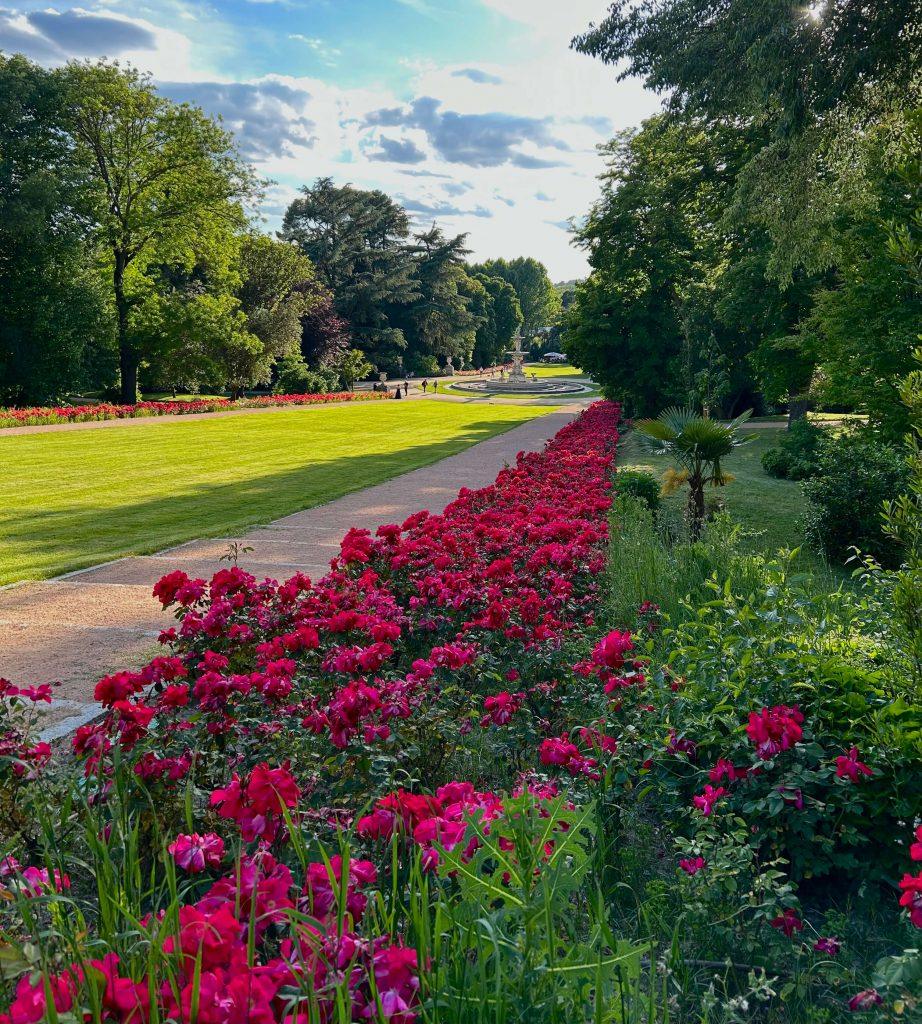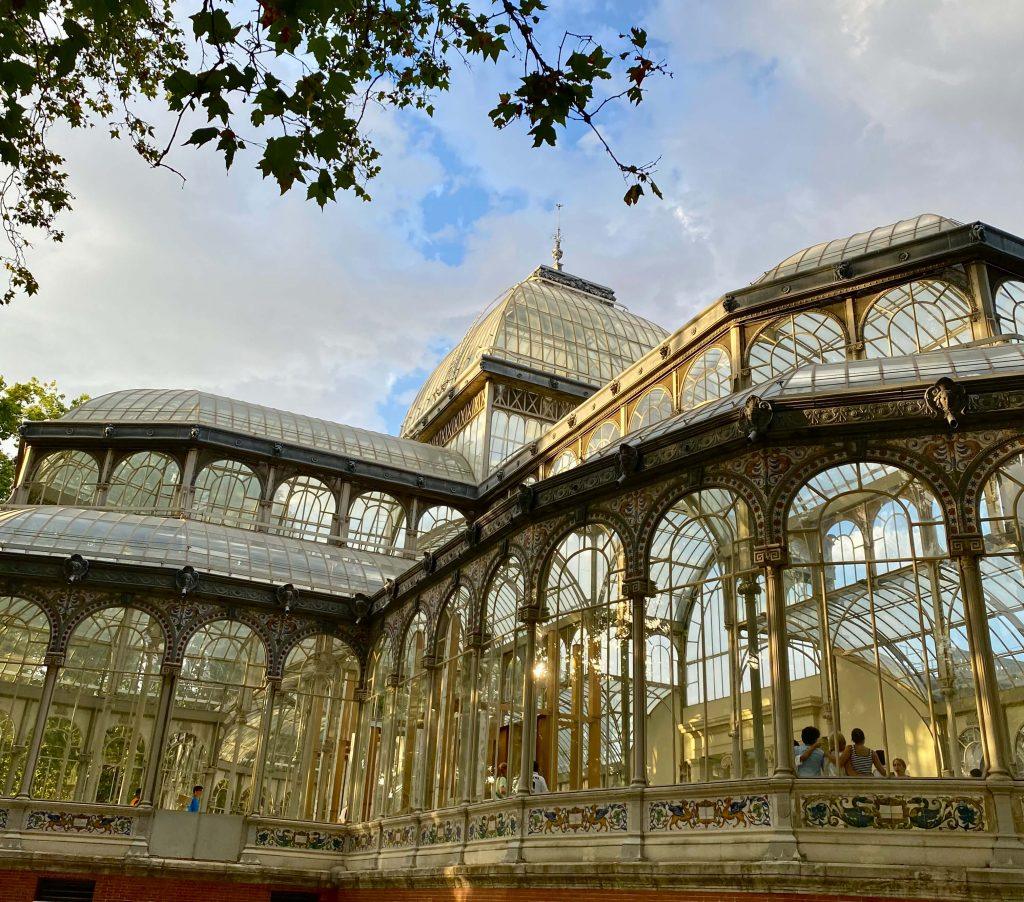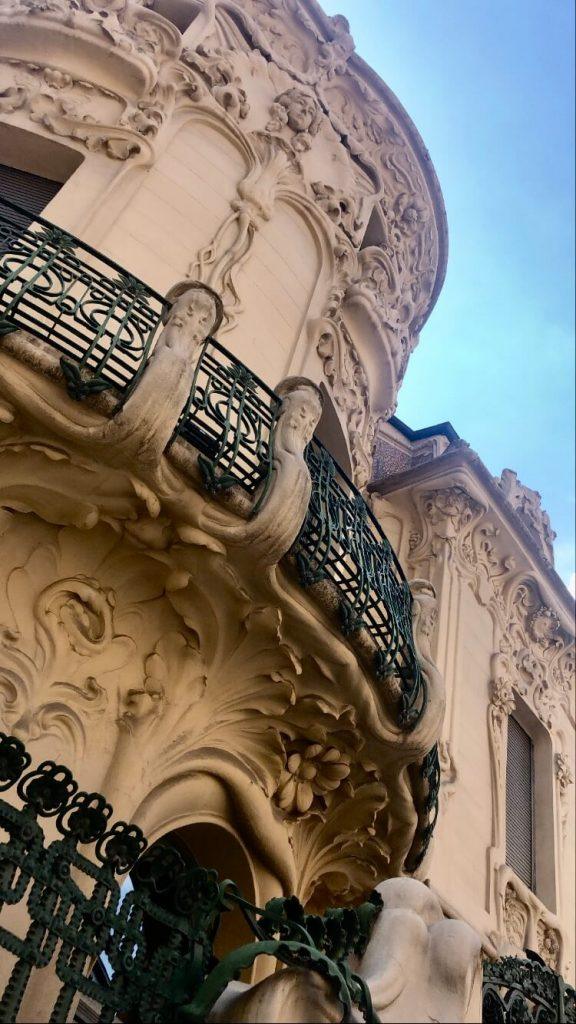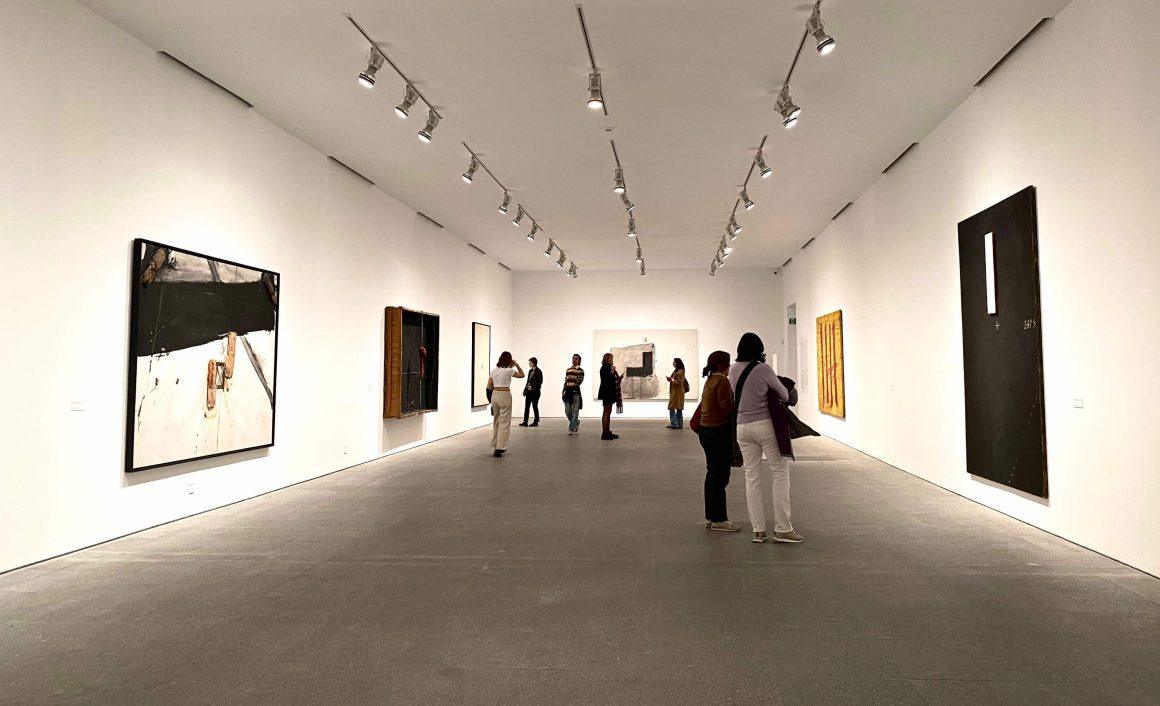The city of Madrid has become recently a very important metropolis, internationally speaking. From its Arab origins, Mayrit evolved into what we know today as Madrid, where they have been taking place social, cultural and urban transformations that increased especially after it became the royal capital in the 16th century. This rich past has given rise nowadays to a singular artistic offer, being a city in which art is not just exhibited, but it breathes in each corner. Below, we invite you to discover certain key points to create a mental image of Madrid and what it has to offer.
Where art lives
If we were to talk about museums, Madrid’s offer is remarkable: this capital city has nowadays a great quantity of museums and foundations full of varied content, thus adapting to each profile. The international legacy from the royal collections had been combined at present with acquisitions made by the institutions themselves, leading to museums that contain major artworks within art history. Beyond collections, museums from Madrid also stand out by their constant offer of temporary exhibitions that explore and broaden the official narrative.
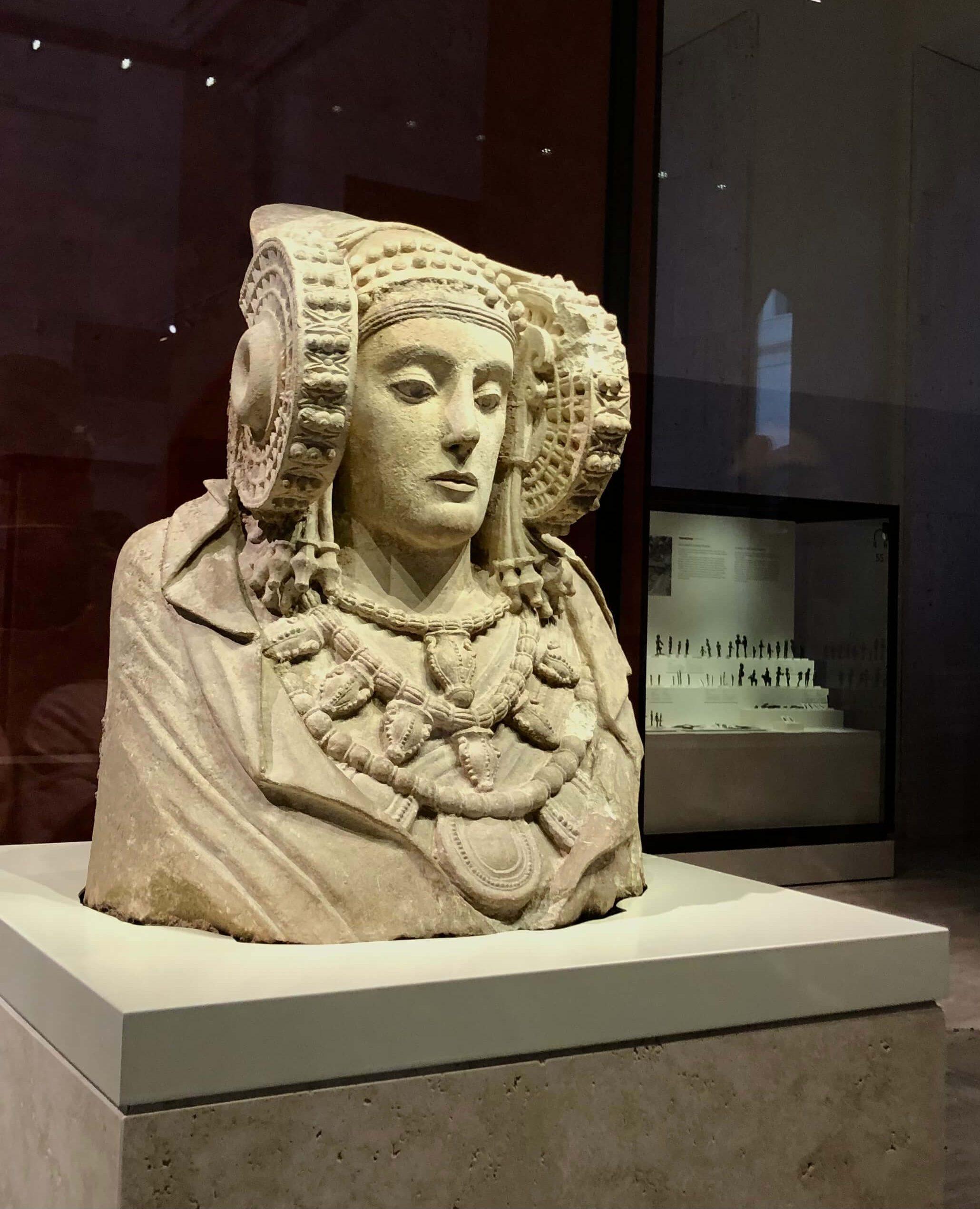
To the treasures of the Prado Museum –containing national and international masterpieces by artists like Goya, Velázquez, Titian or Clara Peeters, among others– we can find institutions as relevant such as the Reina Sofia Museum, more contemporary and characterised by its compromise with our current reality, or others, for instance: the Thyssen-Bornemisza Museum, the Sorolla Museum, the San Fernando Fine Art Royal Academy, the National Archaeological Museum, the Fundación Casa de México in Spain, even the different house-museums. To summarize, regardless of your interests, Madrid probably has a museum made for you.
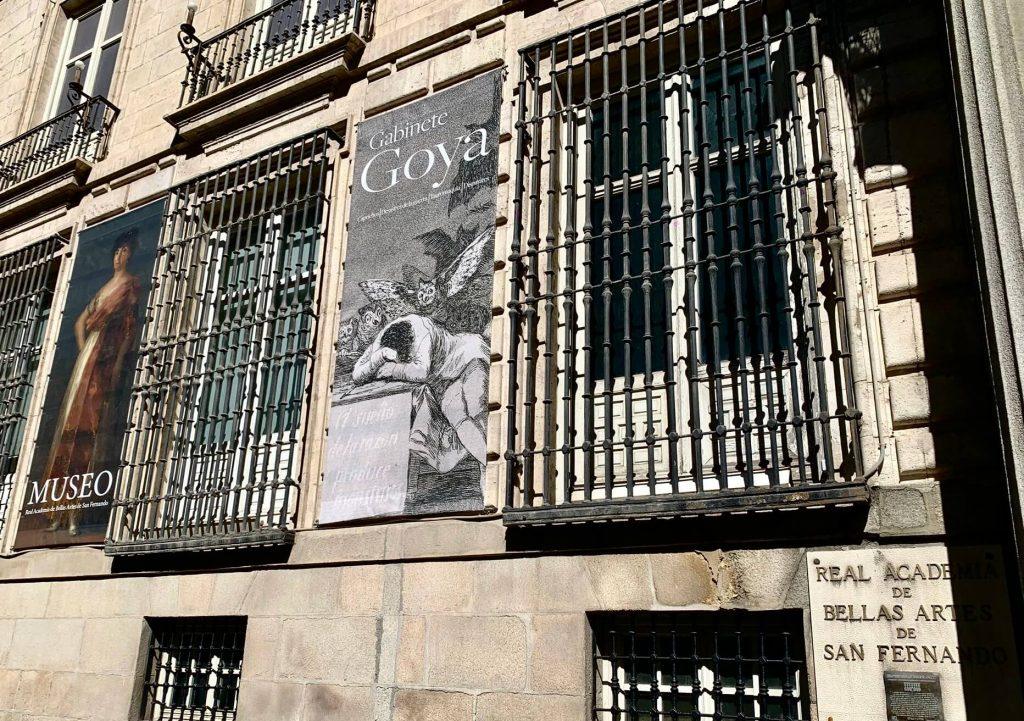
However, art and history are not only stored in museums. We also find alternative conservation spaces such as the historical archives históricos or libraries, for instance the Biblioteca Nacional de España (National Library of Spain) or the Regional Archive and Library, noted for their fundamental work in preserving and promoting our heritage.
And for contemporary art lovers, an essencial part of the culture from Madrid is found at the art galleries. For instance, the Guillermo de Osma art gallery or the Juana de Aizpuru art gallery.
The art uncovered
Further than closed spaces where art is preserved and produced, the city itself has artistic elements throughout its urban network. Streets are living museums where art and aesthetic live together in the same space. We can find statues that, from the silence of their stillness, they speak to us: some of them immortalize tradition, some symbolize the power of their promoters, some convey the message from their artists… and all of them tell us the story of Madrid.
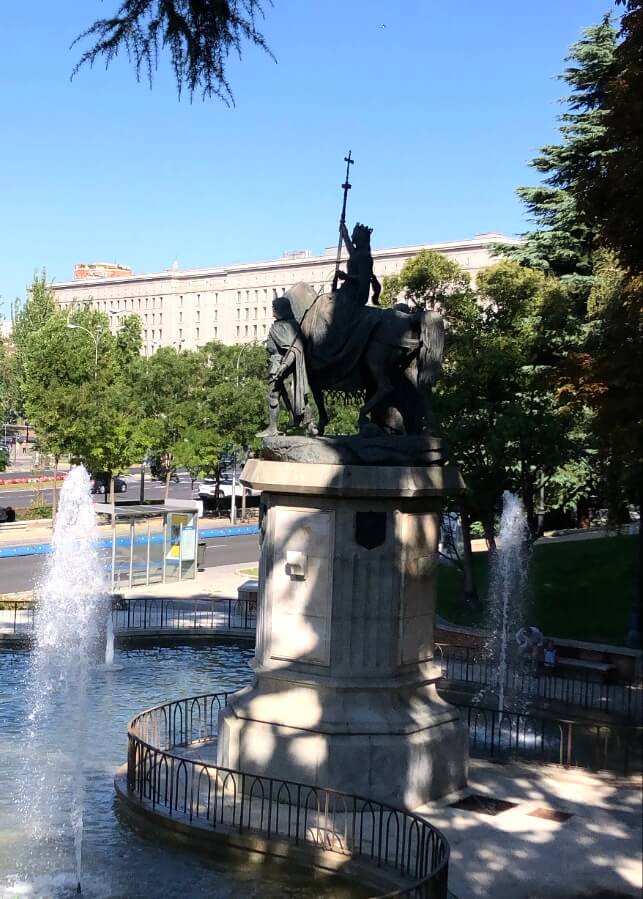
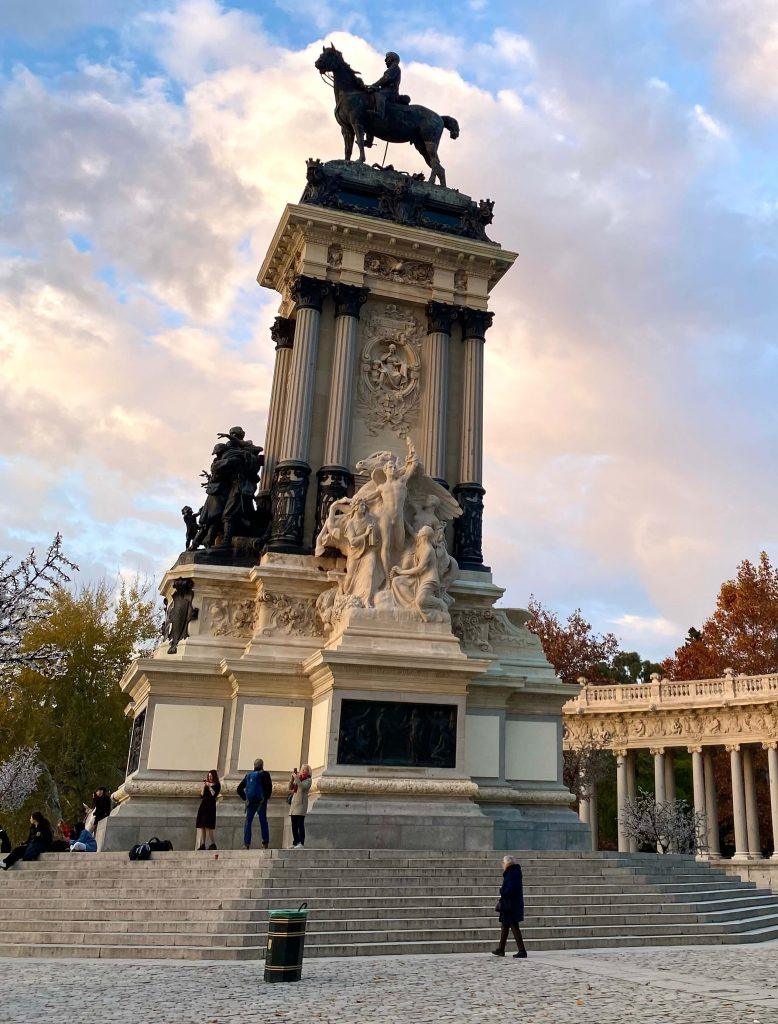
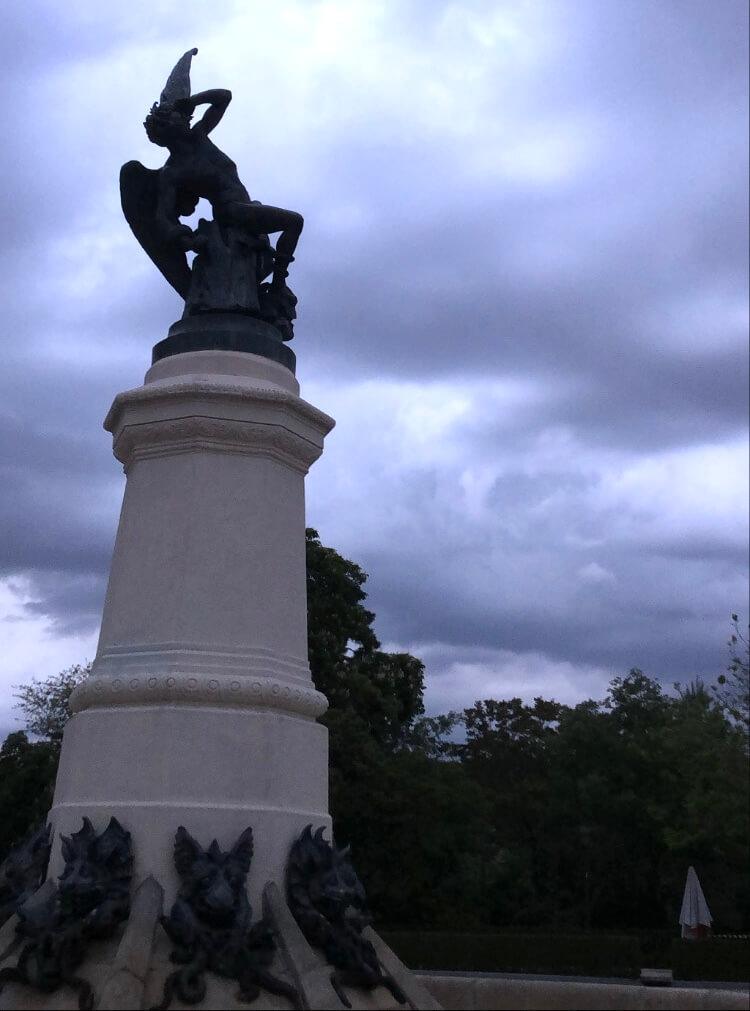
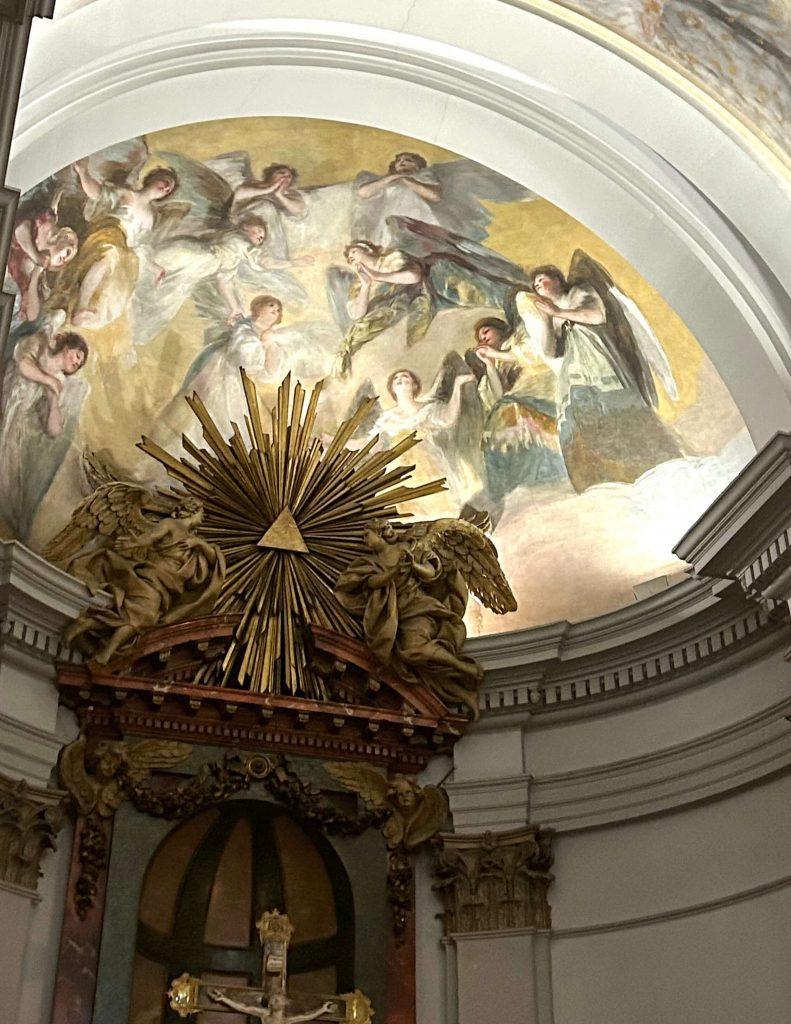
The religious buildings are also an important part of the artistic itinerary of the city. Between their walls, essential paintings and polychromatic carvings from the Spanish art history are hidden, as we can find in San Francisco el Grande Basilica or the Chapel of San Antonio de La Florida, where we can find artworks painted by Goya. Proof of the organic nature of the city is that some of these buildings had been given a new purpose: this is case of the Escuelas Pías Library in Lavapiés, which used to be a church.
Finally, the city garden and parks offer an emotional and aesthetic break. Some of them, such as El Retiro, used to be exclusive to royalty, and nowadays we can enjoy them publicly. Moreover, the urban outline itself offers examples of buildings that are artworks on its own: the baroque facade of the Madrid History Museum, the modernist Longoria Palace or even the brutalist Ciencias de la Información Faculty at the Complutense University. In conclusion, if you are an art lover, Madrid has a lot to offer to you.
